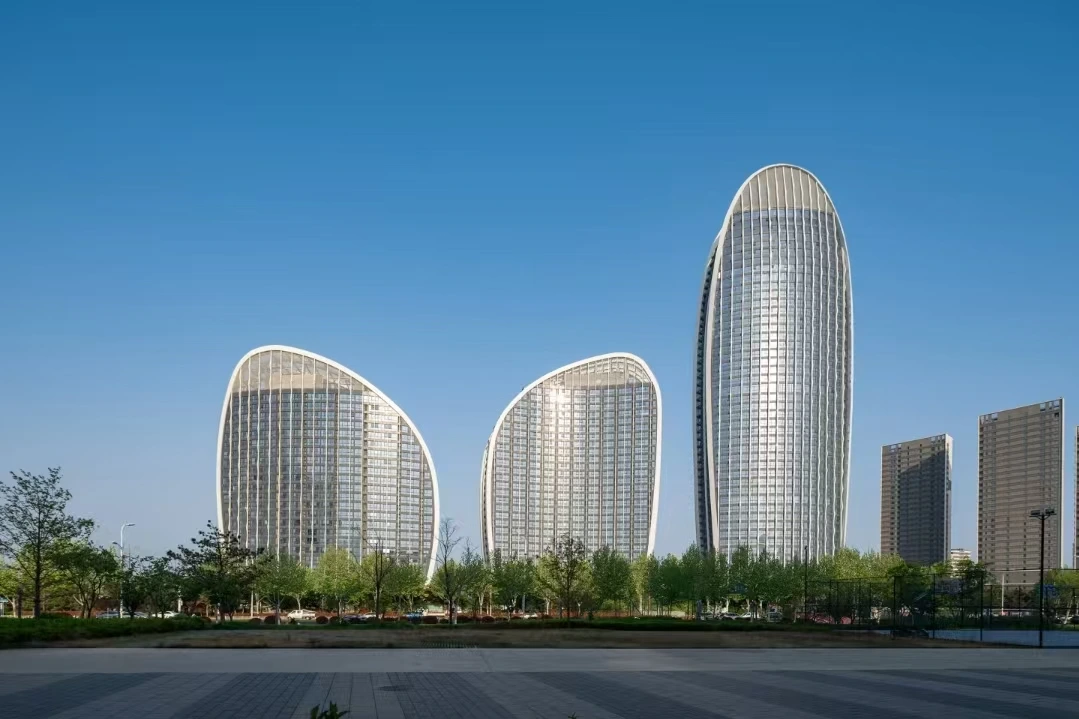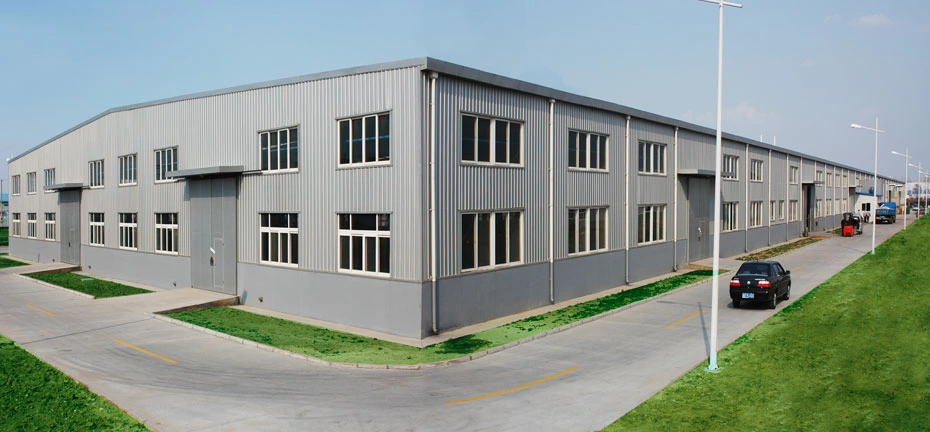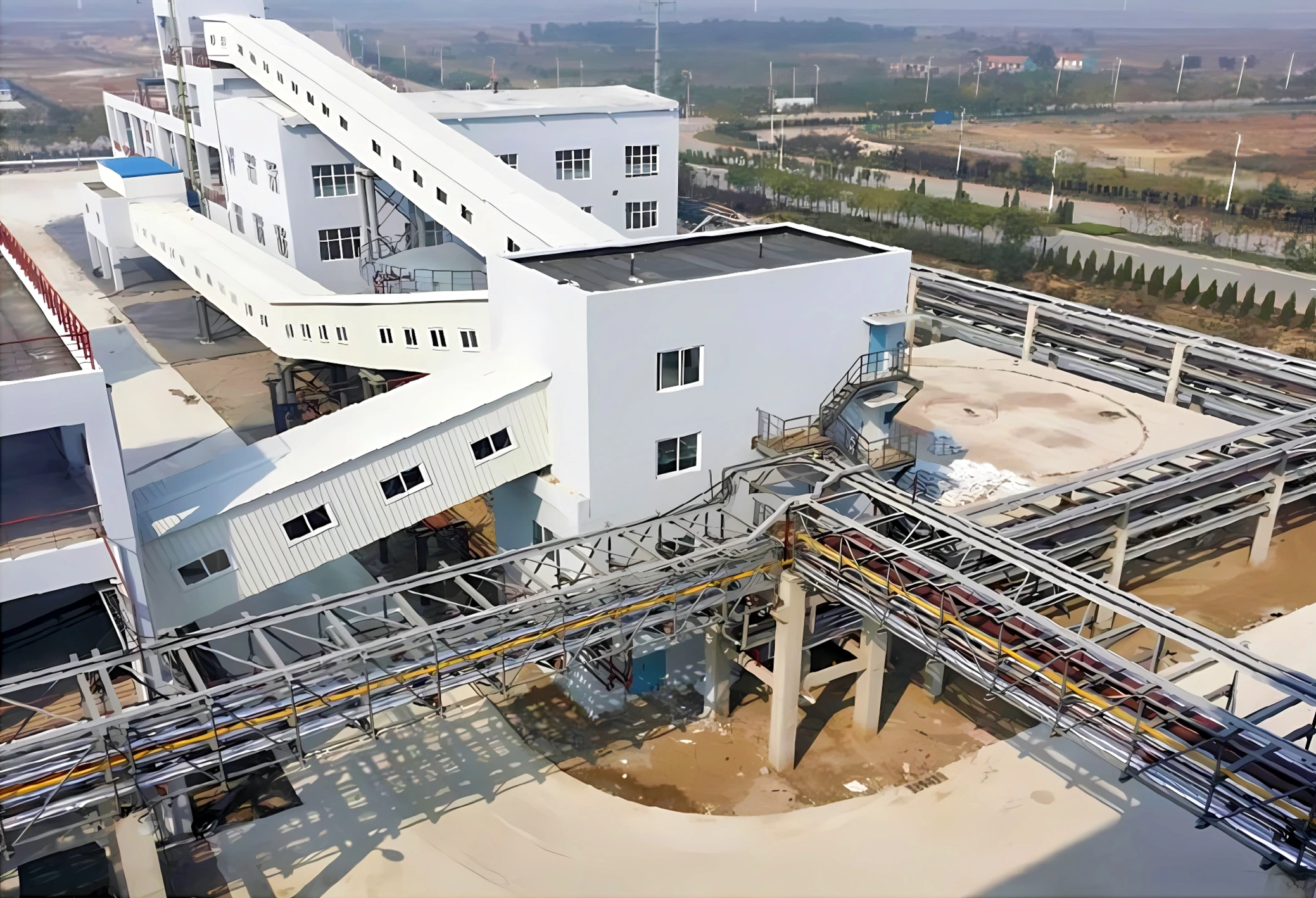Qingdao World Trade International Convention and Exhibition Center
An important large-scale public building in the city, responsible for hosting various large-scale exhibitions, conferences and events

An important large-scale public building in the city
Project Overview
As an important large-scale public building in the city, Qingdao World Trade International Convention and Exhibition Center is responsible for hosting various large-scale exhibitions, conferences and events. Its steel structure system plays a core role in the entire building. Every link from selection to construction is closely centered on the building's functional requirements, modeling characteristics, and local climate and geological conditions in Qingdao, providing a solid guarantee for the efficient operation and unique appearance of the convention and exhibition center.
Project Challenges and Solutions
Stability and Wind/Seismic Resistance Requirements for Large-Span Roof
Challenge: Some exhibition halls of the convention and exhibition center have large spans and lengths. After the superposition of the roof's dead load and live load (such as exhibition equipment, crowds), the overall stability of the structure is highly required; at the same time, as a coastal city, Qingdao's strong wind and seismic loads further increase the design difficulty.
Solution: Adopt a "spatial truss + stay cable auxiliary support" composite system —— The main truss distributes the load through a triangular grid, and at the same time, additional stay cables are added at the truss nodes to transfer part of the load to the surrounding concrete core tubes, forming a dual stable structure of "rigid skeleton + flexible traction". Verified by wind tunnel tests and seismic simulations, the system can resist level 12 typhoons and 7-degree earthquakes, and the maximum deflection of the structure is controlled within L/500.
Conflict Between Complex Curved Surface Shape and Component Processing Precision
Challenge: The "wave shape" of the facade contains a large number of special-shaped curved steel structures. Traditional 2D drawings are difficult to accurately express component dimensions, and the processing errors of curved components are likely to cause on-site assembly misalignment.
Solution: Introduce parametric design and digital twin technology —— Use Grasshopper software to convert the building surface into a quantifiable mathematical model, generating 3D coordinates and processing parameters for each special-shaped component; The factory uses five-axis CNC cutting equipment to accurately process curved webs and flange plates according to the digital model, with the component processing precision controlled within ±1 mm; On-site real-time calibration through BIM models and total stations ensures that the curved surface assembly error does not exceed 3 mm, and finally realizes the perfect presentation of the design shape.
Welding Performance Challenges of High-Strength Steel
Challenge: To reduce the structural self-weight, the project extensively uses Q460 high-strength steel, but such steel is prone to cold cracks during welding (due to high hardening tendency), especially the welding quality is more difficult to control in low-temperature environments.
Solution: Formulate a "preheating - interlayer temperature control - post-heating" welding process —— Preheat the components to 150-200℃ before welding to reduce the cooling rate of the heat-affected zone; During welding, real-time monitor the interlayer temperature (maintained above 150℃) through an infrared thermometer to avoid the generation of hardened structures; After welding, use electric heating sheets for post-heat treatment at 250℃ for 2 hours to eliminate welding residual stress. At the same time, low-hydrogen electrodes (E5015-G) are selected and dried at 350℃ for 1 hour before use to ensure that the diffusible hydrogen content of the weld is ≤5mL/100g, and the welding qualification rate is increased to 99.6%.
Technical Highlights
- Structural System Innovation: Efficient load-bearing technology combining rigidity and flexibility.
- Digital Construction: Full-process innovation from parametric design to intelligent assembly.
- Material Technology Breakthrough: Balance between weather resistance and high strength in coastal environments.
- Intelligent Construction Technology: Precision control of large component installation.
Related Success Cases

Qingdao Zhongrui Logistics Equipment Co., Ltd. Workshop Project
Advanced logistics equipment workshop with efficient production, strict quality control, and national gold award

Qingdao Soda Ash Co., Ltd. Input Belt Project
The input belt project operates efficiently to ensure stable supply of raw materials for soda ash production

Qingdao World Trade Convention and Exhibition Center
50-meter large-span steel structure convention and exhibition center project

